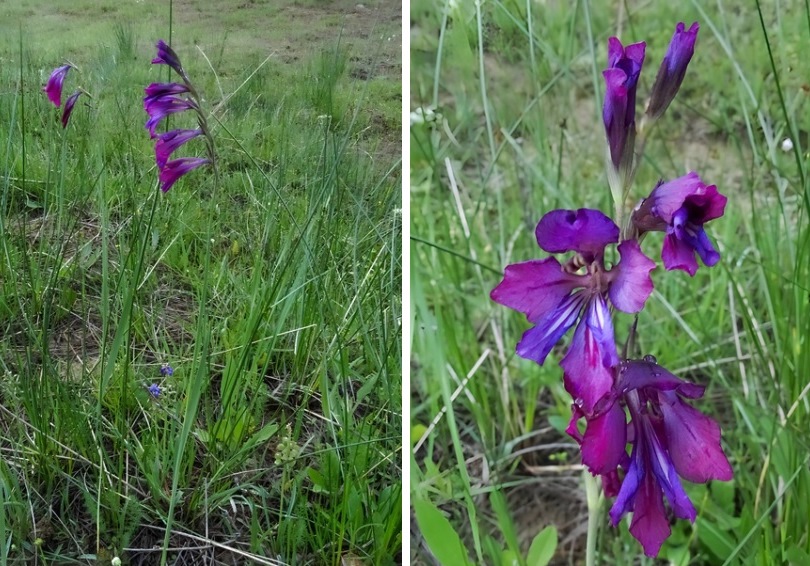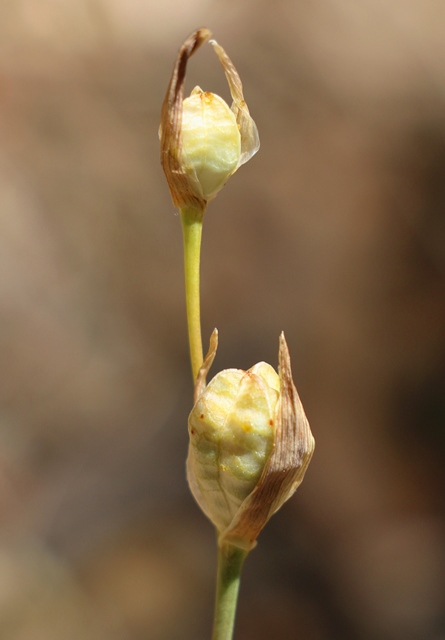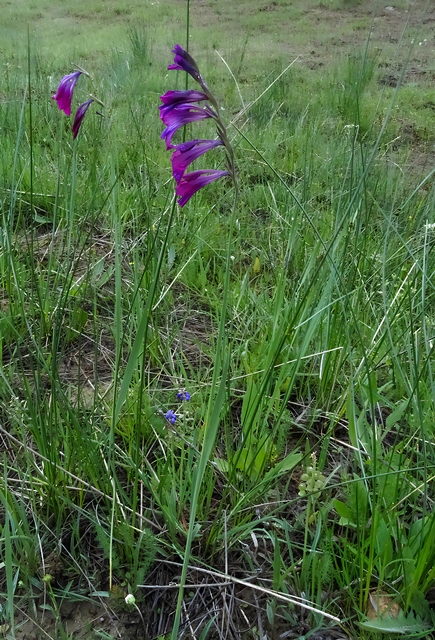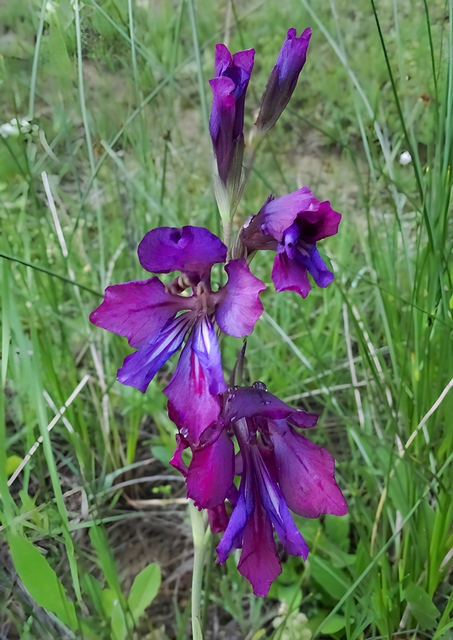
A new and unique plant species discovered in Adana has been named after the city’s mythological name
A new plant species has been discovered in Adana’s Tufanbeyli district in southern Türkiye.
Prof. Dr. İsmail Eker, a faculty member at Bolu Abant İzzet Baysal University Department of Biology, Department of Botany, stated that the discovered plant species is unique and has never been seen anywhere before.
Eker named this new plant species “Adanus“, the mythological name of the city.
After a joint study with Assoc. Prof. Mehmet Sağıroğlu from Sakarya University, the plant entered the scientific literature as “Gladiolus adanus Eker & Sağıroğlu” and its Turkish name was determined as “Adana kılıçotu”.

Prof. Dr. Eker told AA correspondent that in 2016, during a field study in Adana’s Tufanbeyli district, he came across a fine-structured kılıçotu (Gladiolus) species with small fruit capsules.
Eker said that the plant looked different from other species, and that he went to the region again in 2018 to examine the plant in flower for identification and took samples from the plant.
Stating that they conducted a study on the plant with Assoc. Prof. Dr. Mehmet Sağıroğlu from Sakarya University, Eker said, “In 2023, we went to the area where the plant was found and made observations again. As a result of our literature reviews and comparisons with existing species, we concluded that our plant is a new species that has not yet been named for the scientific world. The plant differed from other species in terms of the color of its flowers and the size of the flower parts, as well as seed and fruit characteristics.”

Newly discovered plant species given mythological name of Adana
Eker said that he had previously given names to the plant species he discovered related to the city, district, mountain, scientist, family member, morphological or habitat characteristics of the plant, and continued as follows:
“This time we gave the plant the mythological name of the city. We could have given the plant the current name of Adana, in which case the plant would have been called ‘Gladiolus adanensis‘. According to the rules of the Latin language, this would have been its name. However, the mythological name of Adana, ‘Adanus’, did not need any suffix in terms of word structure. This was both phonetically pleasing to the ear and language, and the mythological name of such an ancient city would be given to a plant.”

Stating that there are several views on the origin of the name Adana, Eker said, “According to a mythological legend, two sons of the sky god Uranus named Adanus and Sarus settled in the vicinity of today’s Adana as a result of their wars with the people of Tarsus. While Adanus gave his name to the city they founded, Sarus gave his name to the Seyhan River. In this context, Adana is one of the oldest settlements dating back to 6000 BC, preserving the same name since its foundation. The name Adanus is also generally known by the local people.”
Stating that in order for a plant to be accepted as a new species, it must be published in a national or international peer-reviewed scientific journal, Eker said, “After preparing the article, we presented our arguments to the New Zealand-based international journal called ‘Phytotaxa’. Referees who are experts in their field criticized our article and approved the new species we presented. Our article was published in the March issue of the journal.” he said.
You may also like
- A 1700-year-old statue of Pan unearthed during the excavations at Polyeuktos in İstanbul
- The granary was found in the ancient city of Sebaste, founded by the first Roman emperor Augustus
- Donalar Kale Kapı Rock Tomb or Donalar Rock Tomb
- Theater emerges as works continue in ancient city of Perinthos
- Urartian King Argishti’s bronze shield revealed the name of an unknown country
- The religious center of Lycia, the ancient city of Letoon
- Who were the Luwians?
- A new study brings a fresh perspective on the Anatolian origin of the Indo-European languages
- Perhaps the oldest thermal treatment center in the world, which has been in continuous use for 2000 years -Basilica Therma Roman Bath or King’s Daughter-
- The largest synagogue of the ancient world, located in the ancient city of Sardis, is being restored











Leave a Reply